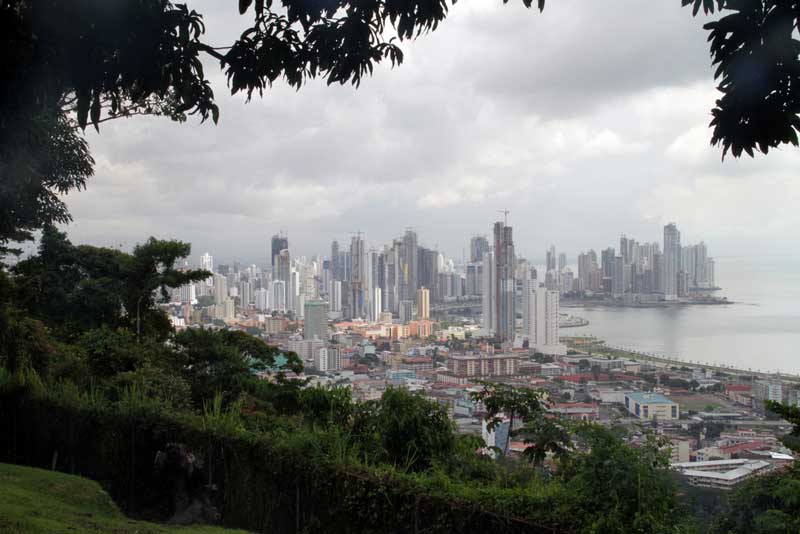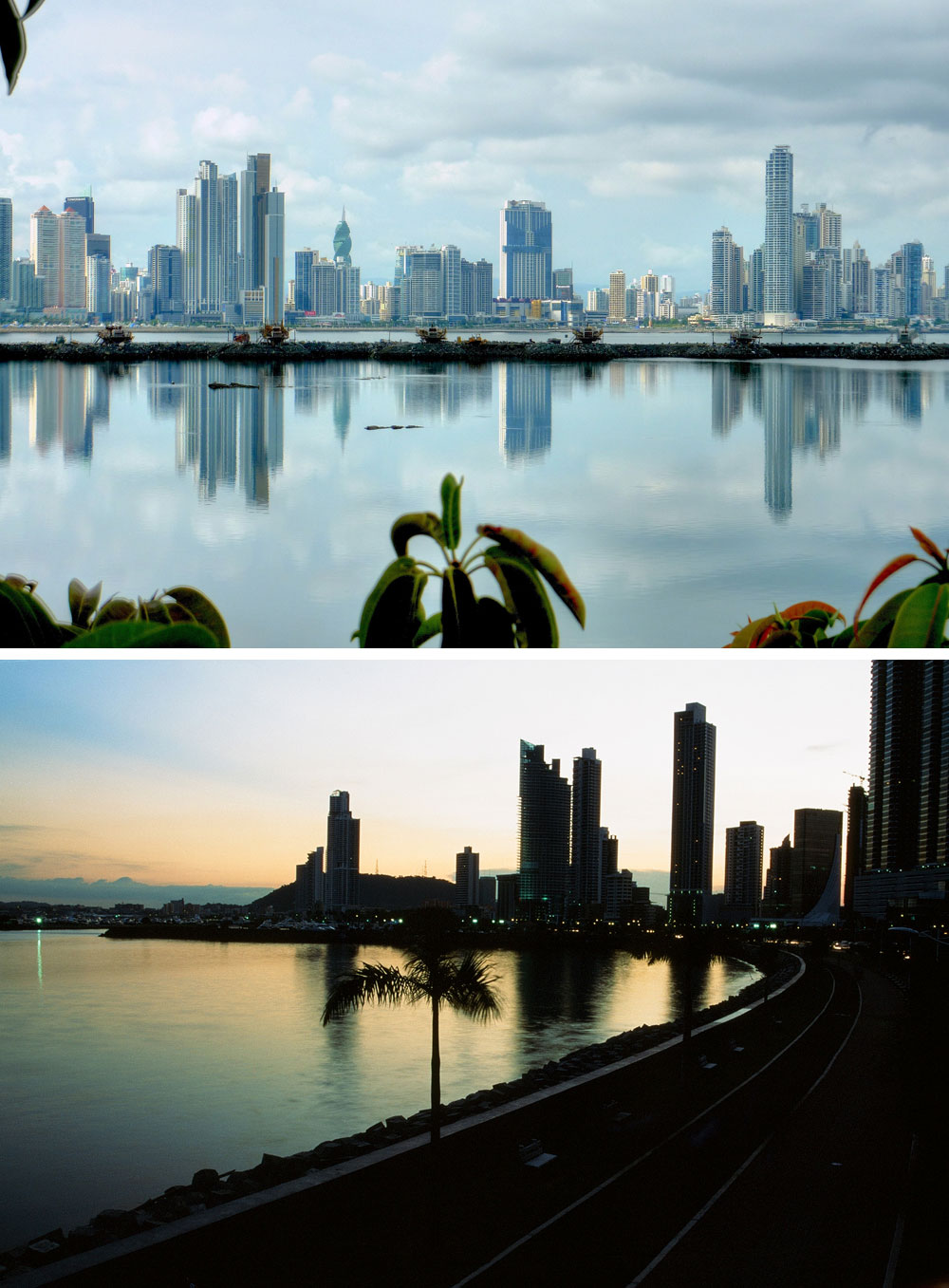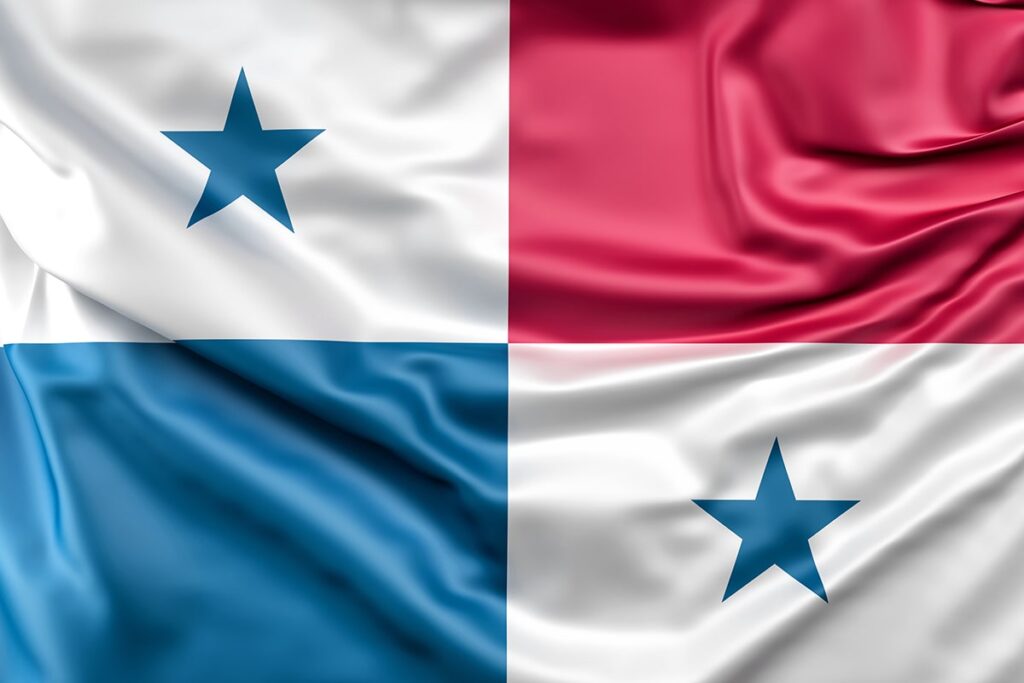1. The oceans: Panama is the only place in the world where you can watch the sun rise over the Pacific Ocean and set over the Atlantic Ocean. You can also swim in the Pacific Ocean and the Atlantic Ocean on the same day
2. Panama City: Panama City is the only capital city in the world that has rainforest within its city limits. Approximately 1.2 million people live in Panama City
3. Vasco Núñez de Balboa: The first European to cross Panama (where the Panama Canal is today) was the Spaniard Vasco Núñez de Balboa in 1513. 401 years later, the Panama Canal was built
4. Free insurance: The Panamanian government offers 30 days of free health and accident insurance to all visitors
5. Retirees: Many retirees settle in Panama and the country is considered by many to be a great place to retire

Fact: Panama City is the only capital city in the world to have rainforest within its city limits
6. US dollars: Panama was the first Latin American country to adopt the US dollar as its own currency (on par with the existing Balboa)
7. Panama Railroad: The Panama Railway is one of the world’s oldest railways still in use. It opened in 1855 and was especially important during the gold rush of 1948 and the construction of the Panama Canal in 1914
8. Panama: The world-famous and very distinctive Panama hat originates not from Panama, but from Ecuador
9. Sport: Baseball, boxing and soccer are the most played sports in Panama
10. History: Spanish royalty controlled Panama from the 16th century until 1821, when it joined Colombia, Ecuador and Venezuela under the Republic of Gran Colombia. When this was dissolved in 1830, Panama remained part of Colombia. In 1903, Panama seceded from Colombia with the support of the United States and shortly after, the two countries signed an agreement that the United States could build the Panama Canal and also had sovereignty over the lands around each end of the canal (the Panama Canal Zone).

Around 40% of Panama’s population lives in the capital Panama City (1.3 million out of 3.5 million people)





